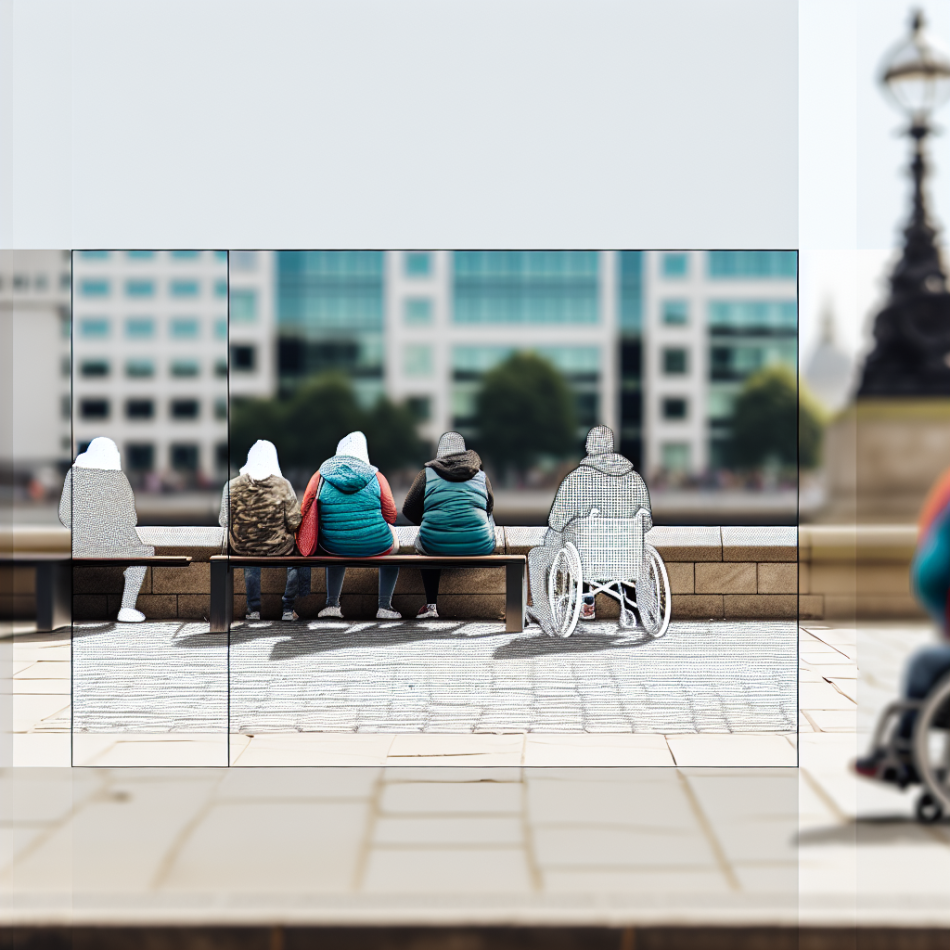Why Normalising Accommodations in Public Spaces Creates a More Inclusive Society
Public spaces are meant to serve everyone, yet many still lack features that cater to diverse needs. From noise-reduced hours in shops to sensory maps in museums, small adjustments can make environments more accessible for neurodivergent individuals, those with sensory sensitivities, or anyone overwhelmed by crowded spaces. This article explores how such accommodations benefit not just specific groups but society as a whole, fostering inclusivity and empathy.
The Evolution of Inclusive Public Spaces
Historically, public spaces prioritised uniformity over individual needs, often excluding those who required adjustments to participate fully. Today, a growing recognition of neurodiversity, chronic conditions, and mental health challenges has shifted the conversation. Legislation like the UK’s Equality Act 2010 mandates accessibility, but true inclusivity goes beyond compliance—it involves designing spaces that anticipate diverse needs without requiring individuals to request special treatment.
For example, supermarkets introducing noise-reduced hours—dimmed lighting, lowered music, and reduced announcements—have seen positive feedback not only from autistic shoppers but also from elderly customers and parents with young children. This demonstrates that universal design principles often serve broader demographics than initially intended.
Sensory Maps: Navigating Spaces with Confidence
Sensory maps are visual guides highlighting areas of a venue that might be overwhelming (e.g., bright lights, loud zones) or calming (e.g., quiet corners, seating areas). Institutions like the Natural History Museum and Heathrow Airport now offer these tools, empowering visitors to plan their routes and avoid sensory overload.
Benefits include:
- Reduced anxiety: Knowing what to expect minimises stress for those with sensory processing disorders.
- Increased independence: Visitors can explore spaces without relying on staff assistance.
- Enhanced accessibility: Maps cater to non-visible disabilities, promoting inclusivity without singling individuals out.
By integrating sensory maps into apps or websites, venues signal their commitment to accessibility, encouraging underrepresented groups to engage more freely.
Quiet Rooms: Sanctuaries in Overstimulating Environments
Quiet rooms—dedicated, low-stimulation spaces—are becoming commonplace in airports, universities, and shopping centres. These areas provide respite from noise, crowds, and fluorescent lighting, offering a vital refuge for those with autism, migraines, or anxiety disorders. Crucially, they also benefit anyone feeling temporarily overwhelmed, normalising the idea that taking a break is a universal need, not a niche requirement.
Effective quiet rooms prioritise:
- Neutral design: Soft lighting, muted colours, and soundproofing.
- Flexible use: Seating options for solitude or accompanied visitors.
- Clear signage: Ensuring visibility without stigmatising users.
When these spaces are integrated seamlessly, they reduce the stigma around needing accommodation, fostering a culture of understanding.
Noise-Reduced Hours: Balancing Accessibility and Commerce
Retailers and entertainment venues increasingly adopt noise-reduced hours, temporarily adjusting their environments to be less stimulating. For instance, cinemas host autism-friendly screenings with brighter lighting and lower volume, while libraries designate “silent study” times. These initiatives challenge the assumption that accessibility compromises profitability.
In reality, such accommodations often:
- Expand customer bases: Families or individuals previously deterred by sensory barriers return.
- Enhance brand reputation: Companies signal social responsibility, attracting ethically minded consumers.
- Boost employee morale: Staff appreciate working for inclusive employers, reducing turnover.
By framing these hours as “inclusive” rather than “special,” businesses normalise accessibility, making it a shared value rather than an exception.
The Ripple Effect of Inclusive Design
Accommodations like sensory maps, quiet rooms, and adjusted hours create a ripple effect beyond their immediate users. They raise public awareness of non-visible disabilities, challenge stereotypes, and encourage empathy. For instance, a child witnessing their parent use a quiet room learns early that diverse needs are valid. Similarly, noise-reduced hours in cafes normalise conversations about mental health in everyday settings.
Moreover, inclusive design drives innovation. Architects and planners increasingly consider acoustics, lighting, and spatial flow not as afterthoughts but as core elements of user experience. This shift benefits everyone: elderly individuals appreciate clearer signage, while open-plan offices with designated quiet zones improve productivity across teams.
Conclusion: Building a Society That Values Every Individual
Normalising accommodations in public spaces is not about catering to a minority—it’s about reimagining environments to serve all. From sensory maps that empower navigation to quiet rooms offering universal respite, these adjustments foster inclusivity without sacrificing functionality. They remind us that accessibility is not a burden but an opportunity to innovate and connect. As more venues adopt such practices, society moves closer to a future where everyone, regardless of their needs, can participate fully and comfortably. The next step? Advocating for these changes in your local spaces—because inclusivity, once experienced, becomes a collective expectation.
